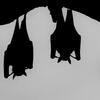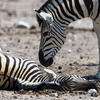You are here
Testing Pilot Whales’ Sense of Smell
08.14.2017, by
Like all members of the dolphin family, pilot whales have a highly developed acoustic sense. But what of their sense of taste and smell? Can they perceive odors and flavors? What organs are involved? On board the Else, which belongs to the Asociacion de Naturalistas del Sureste (ANSE), the team of researchers from the Centre for Functional and Evolutive Ecology (CEFE) travelled to meet a pod of pilot whales in the Mediterranean off Carthage and answer these questions.
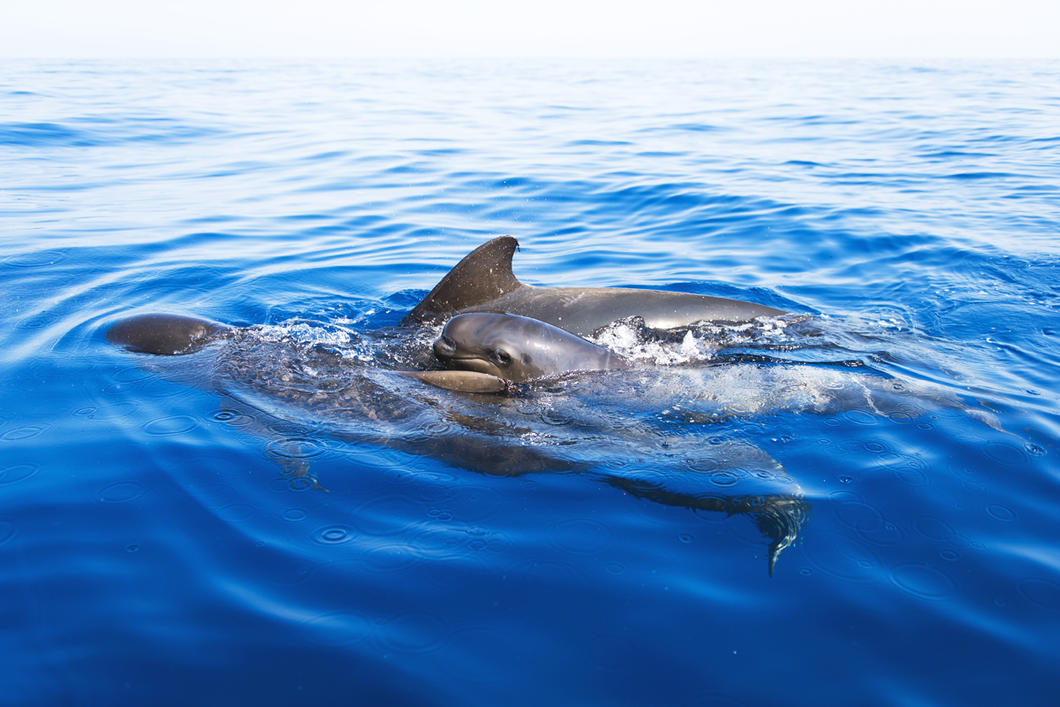
1
Slideshow mode
Until now, the highly particular organization of the nose (blowhole) of pilot whales suggested that they might have lost their sense of smell during the course of evolution. However, recent observations show that these animals respond to chemical stimuli and that they have developed a novel olfactory system compared with that of other mammals.
Cyril FRESILLON/CEFE/CNRS Photothèque
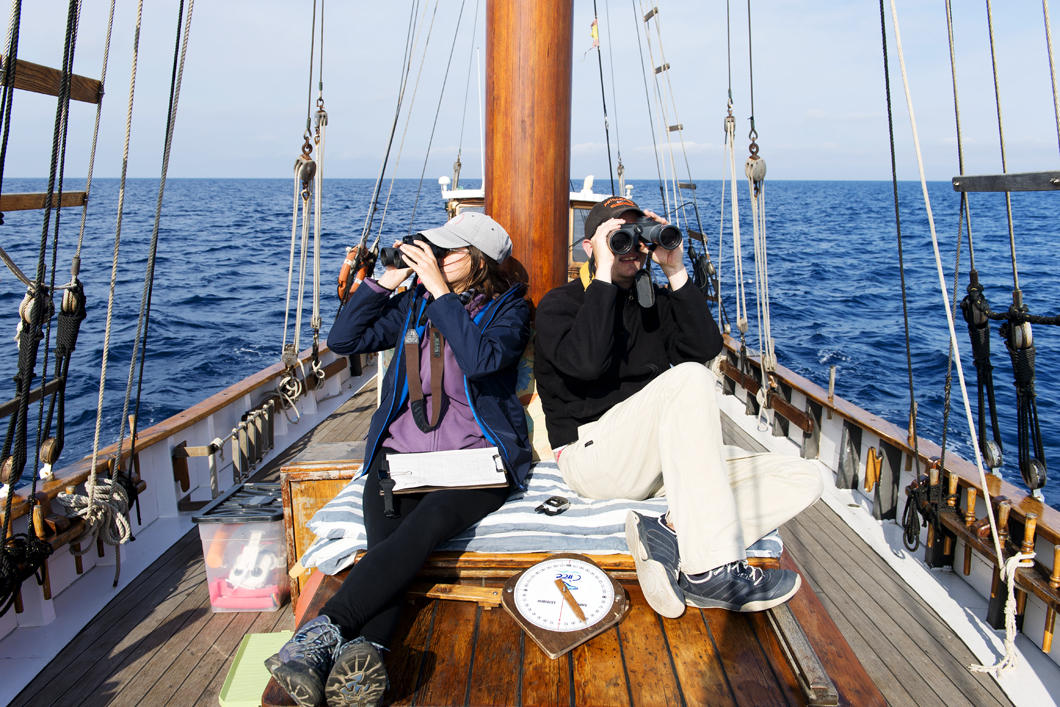
2
Slideshow mode
Depending on the weather and the condition of the sea, finding pilot whales may be difficult, particularly since they spend long periods seeking food in deep water. They can dive in apnea for several minutes, reaching depths of up to 1000 m.
Cyril FRESILLON/CEFE/CNRS Photothèque
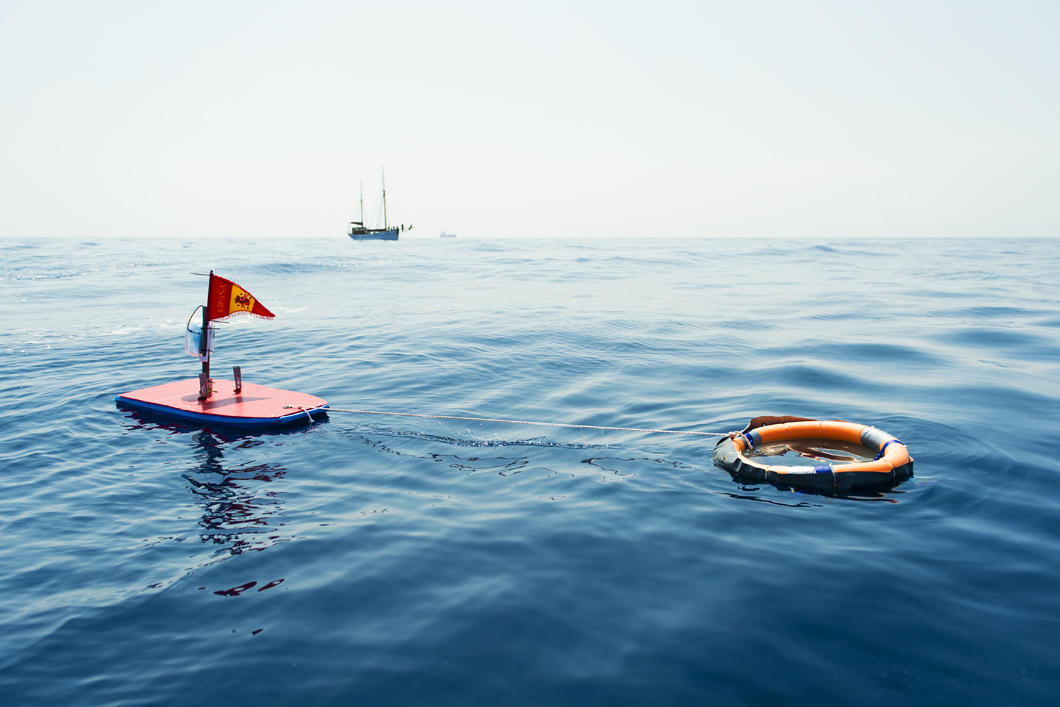
3
Slideshow mode
Once the whales have been located, olfactory experiments are conducted to observe how they respond to certain odors, in this case that of dimethyl sulfide (DMS) diffused from a custom-made floater. Underwater video cameras and a hydrophone placed beneath the board record their reactions.
Cyril FRESILLON/CEFE/CNRS Photothèque
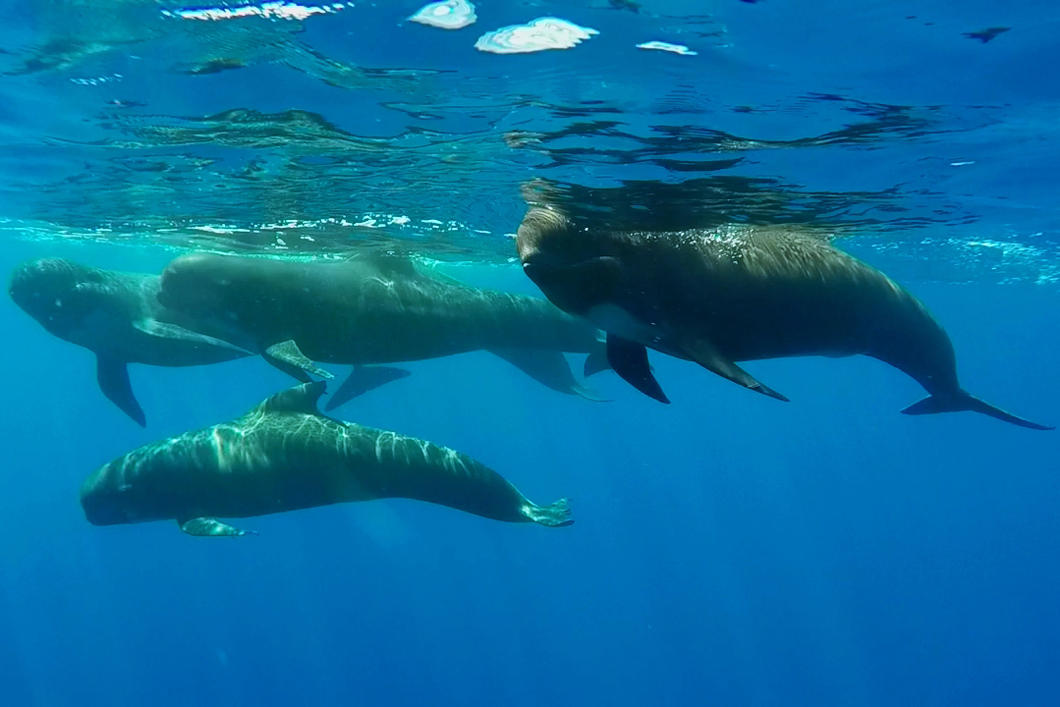
4
Slideshow mode
Because this smell is normally associated with food-rich zones, they may be attracted to it when it is diffused in the air. It may be detected by pilot whales when they come to the surface to breathe via chemical receptors in their nasal cavity.
CEFE/CNRS Photothèque
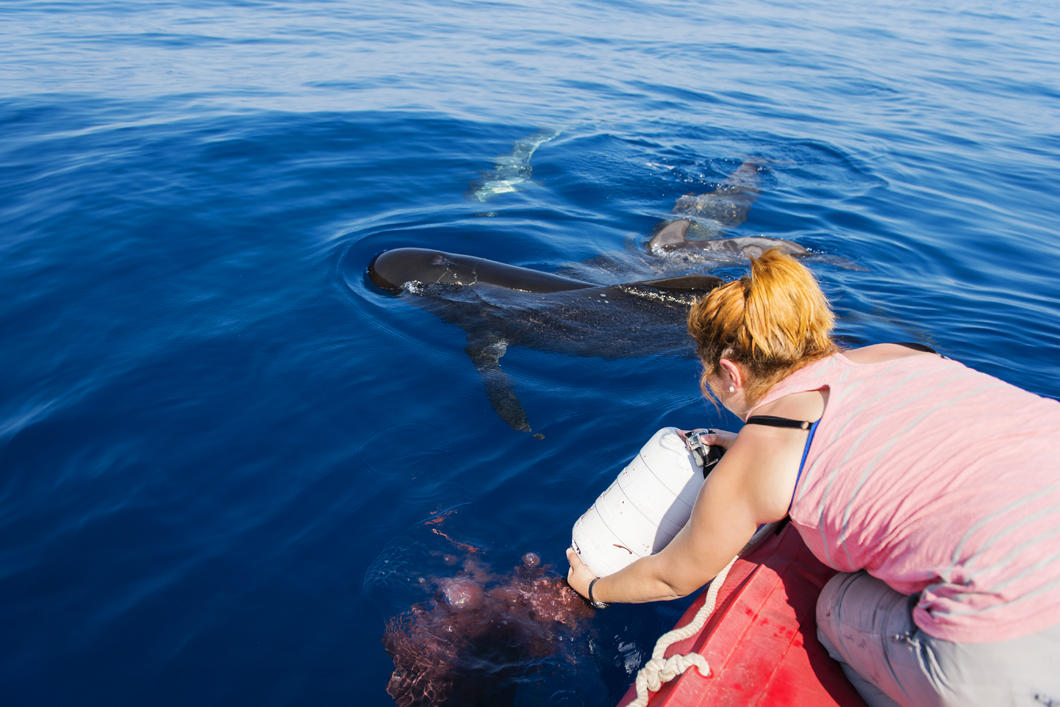
5
Slideshow mode
Another experiment uses a hydrolyzed preparation of their favorite food, squid. The odor of this powder diffuses in both water and air. Pilot whales seem to detect it using their sense of taste, which involves the use of their taste buds.
Cyril FRESILLON/CEFE/CNRS Photothèque
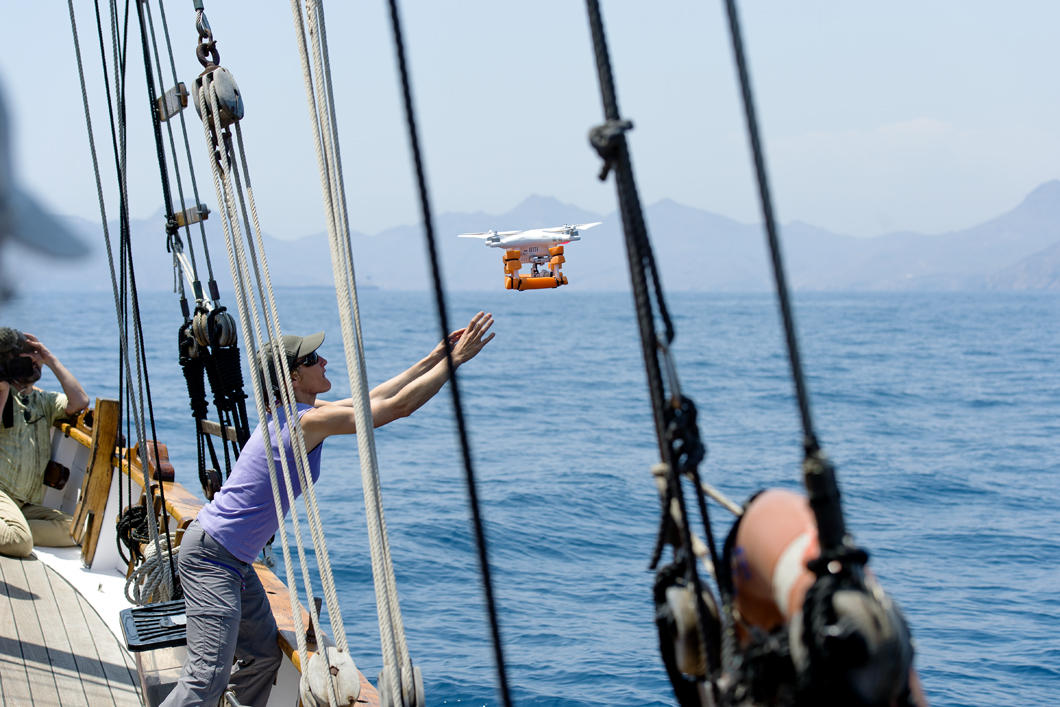
6
Slideshow mode
During the experiments, a drone hovers above the device, taking photographs every two seconds, enabling the researchers to determine within a radius of 500 m the distance of individual animals from the test zone, as well as their number, orientation, trajectories and behavior.
Cyril FRESILLON/CEFE/CNRS Photothèque
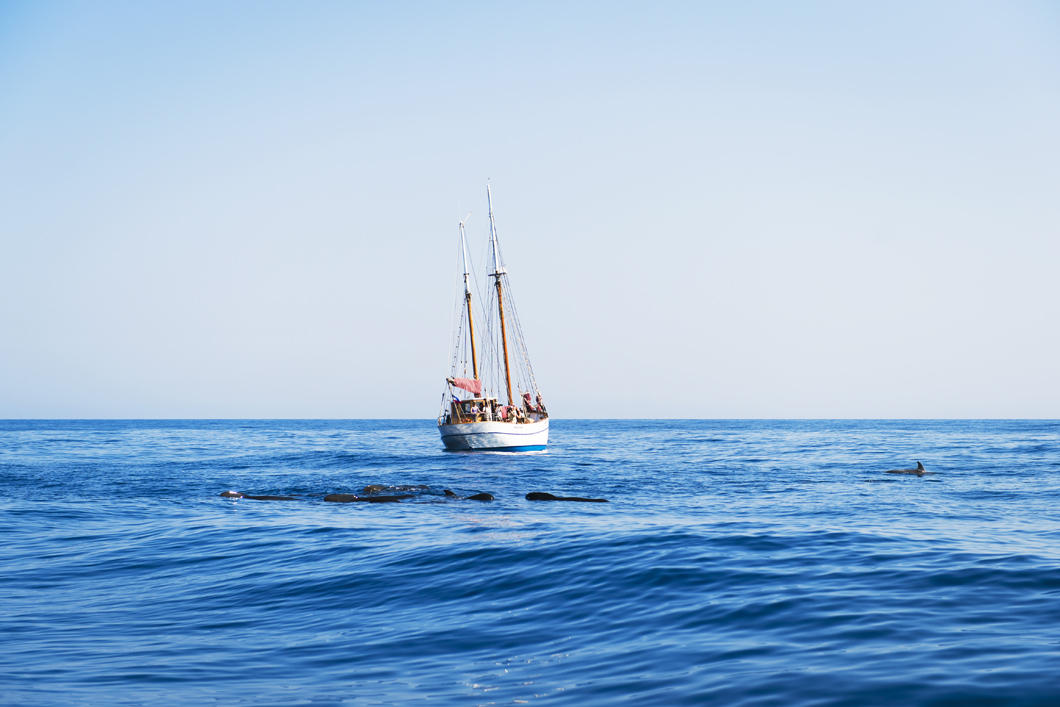
7
Slideshow mode
Analyzing the data collected, the researchers hope over time to identify substances that repel the whales in order to better protect them. For example, such substances would make it possible to keep the animals safely away from areas of danger such as fishing zones, areas of intense maritime traffic, ports, and so on.
Cyril FRESILLON/CEFE/CNRS Photothèque
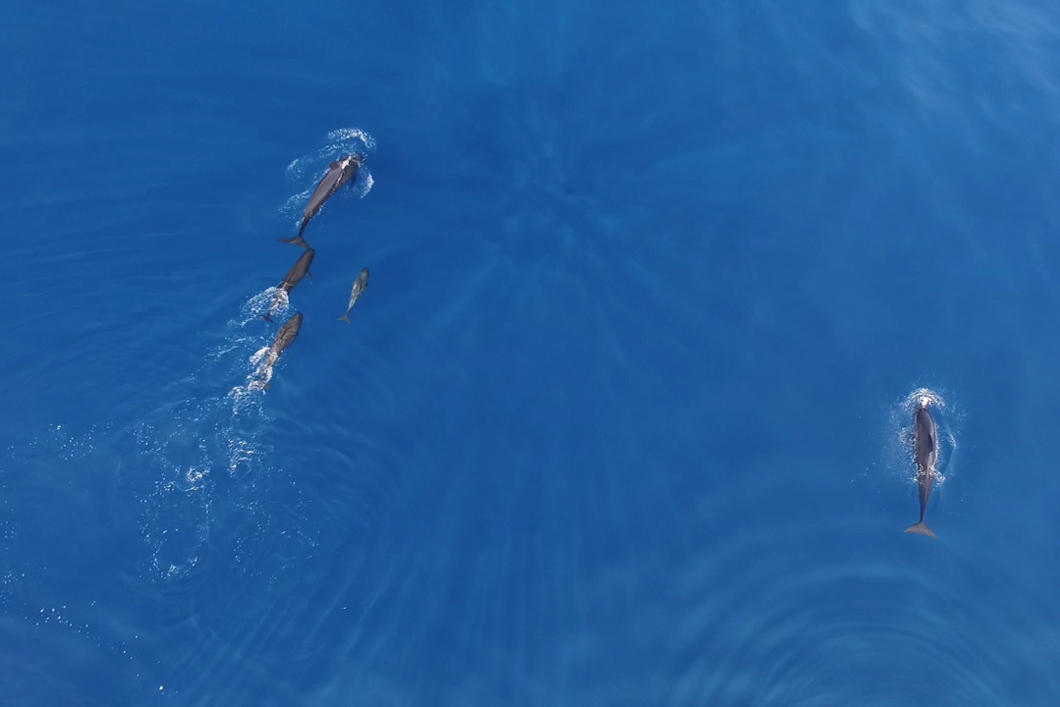
8
Slideshow mode
This photo was taken by drone. Using the thousands of aerial and underwater images produced during this assignment, the researchers will be able to analyze how pilot whales respond to the various stimuli tested.
Bertrand BOUCHARD/CEFE/CNRS Photothèque
Explore more
Life
Article
11/26/2025
Article
11/24/2025
Article
09/24/2025
Article
09/01/2025
Article
08/07/2025
Biology
Article
09/24/2025
Article
05/25/2025
Article
03/26/2025
Article
12/02/2024
Article
10/15/2024


